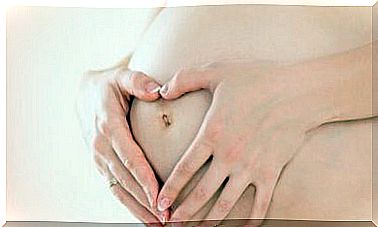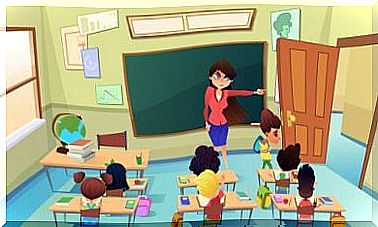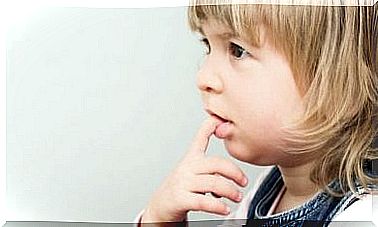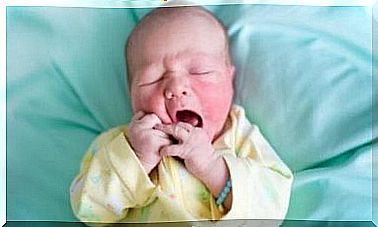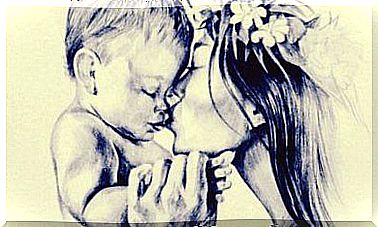How Can You Interpret Your Children’s Drawings?
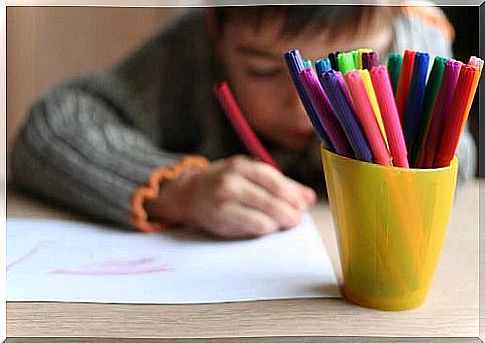
From the first simple sketches to complex works of art: Our children’s drawings reflect characteristics of their personality, their fears and emotions and show us more of their worldview.
What do your children’s drawings mean? How can you interpret it? You can learn more about it in this article.
The different phases of children’s drawings
One year old
At this age, children do not yet have the intention or ability to represent shapes, figures or objects in their drawings.
Even so, we can already see some early signs of the child’s temperament and emotional state in it.
Two years old
By the time a child is two years old, they are usually already able to give their doodles a little more shape. Now it no longer just draws confused lines. Shapes and contours can already be seen in the pictures.
These can be your child’s first attempts at drawing real life objects and experimenting with different colors.
Three years old
In this phase you will be able to recognize shapes that can be identified as objects or people.
At the age of three, children try to depict situations, characters and emotions that they know in their drawings.
It is at this age that the first sketches of human figures can appear, as well as many other forms.
Five years old
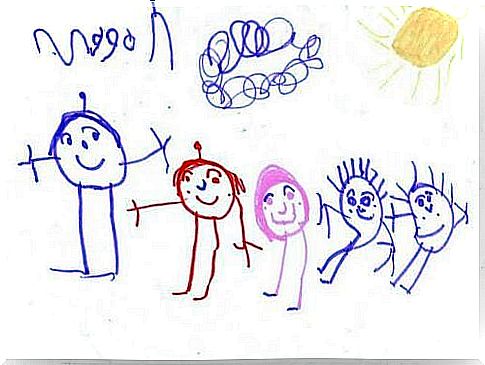
At this point, your child’s cognitive structures are a bit more mature. His drawings are just one way in which we can guess what huge progress it is making.
Now you should be able to see human figures very clearly. Most often they have a head, a body, arms and legs.
At this age we can identify another aspect of their development: the differentiation of people in their drawings.
This means that a child can paint different figures on a picture and also identify and distinguish them based on their different characteristics.
This detail is an important indicator by which we can recognize a child’s creativity and the ability to observe their environment.
Six years old
From this age onwards, your child’s drawing style will become more and more defined. His works of art now become another means of communication.
Drawing is a creative medium that enables children to reflect and represent the complex web of sensations and emotions in their heads.
Children’s works of art open a window for us to better understand their emotions and ways of thinking.
Figures and objects now interact in the pictures. Your child should now be able to depict objects not only individually, but also as part of a scene or a certain situation.
What can you learn about your child from their drawings?
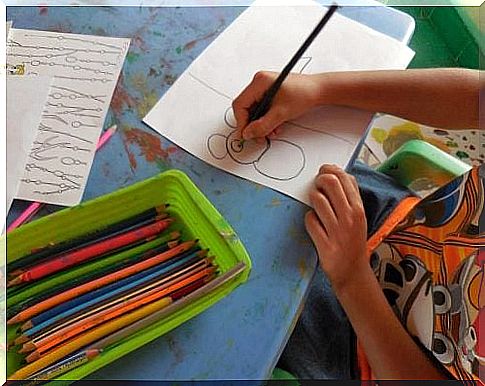
Children’s drawings contain hidden clues that can help parents understand what is going on in their offspring’s minds. However, it is important to note that this is not an exact science.
The most important aspects to look out for are:
How does your child hold the pen
This is one of the most important signs to look out for: How is your child holding the pencil or brush?
A looser posture can mean the child is relaxed, while a tight grip is a sign of tension and nervousness.
The size of the drawings
The size of the drawings can say something about whether the child tends to be more extroverted or introverted.
Children who are shy and have less self-esteem tend to make small drawings. However, those who are more optimistic and open-minded will fill more than half the sheet with their art.
The orientation of the drawings
Usually it is said that the tendency to fill the sheet on the like margin indicates introversion and distance, while drawing on the right margin indicates communication and extroversion.
The placement of the drawings
If the drawing is further up the page, it may reflect a tendency to fantasize.
On the other hand, children who draw at the bottom of the sheet need security and are realistic in their thinking.
Drawings on the right are typical of extroverted children looking to the future, while the left represents inhibitions and reticence.
Children who draw in the middle of the page demonstrate good self-control and are realistic and objective.
Type of lines
- Pressure: If the child wields the pencil or colored pencil very hard and tense, this can be a sign of aggression or impulsiveness. A very light, faint line can indicate shyness or inhibitions.
- Shape: Straight lines are typical of aggressive personalities, but they also show that a child is in control of their emotions. Curved lines are a sign of a softer, sweeter character.
- Continuity: If lines are broken, this can indicate insecurity or difficulty in dealing with others. When lines are drawn continuously, it shows that the child is feeling safe, open-minded and has no problem being social.
Shades
Shading is a technique that some experts interpret as a sign of stress or anxiety in children’s drawings.
Erase
If a child frequently erases what they have drawn, it is a sign of insecurity.
symmetry
A lack of symmetry can indicate that the child is feeling insecure or not conforming.
Color choice
Choosing colors is another means a child can use to express their feelings in their artwork. Using lots of colors shows joy, curiosity, and motivation.
Children who always choose the same colors show a certain amount of uncertainty.
A child who is irritable, in turn, mixes too many colors and paints them all on top of each other – until they are almost indistinguishable.
A thoughtful, sentimental child especially likes cold and dark tones, while anxious children tend not to give their artwork any bright colors.
Children with obsessive tendencies paint very carefully and never paint over the lines.


